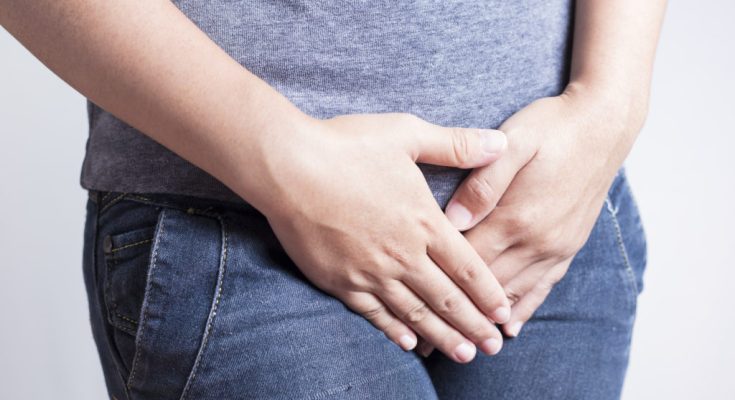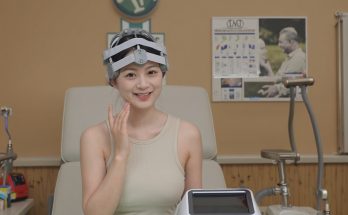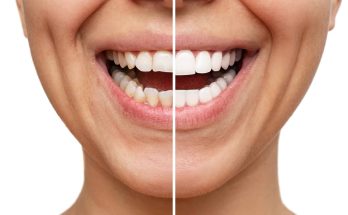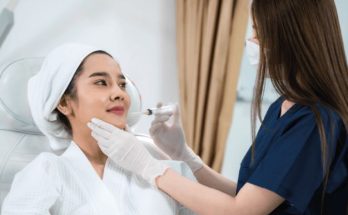Uterine fibroids are non-cancerous tumors that develop in your uterus. They vary in size, shape, and location. Fibroids can occur in your uterus, uterus lining, or on its surface. Some fibroids are large, affecting the size and shape of the uterus. Fibroids can develop at any age but mainly affect women at the childbearing age between thirty to forty years. Fibroids are treatable, and the technique your specialist, Dr. Andrew Doe, recommends depends on your age, symptoms, and the location of your fibroids. There is no known cause of fibroids, but hormones and genetic factors can contribute to their occurrence.
Diagnosis for uterine fibroids
Ultrasound: ultrasounds use sound waves to produce images of your uterus. The procedure involves your doctor placing a device on your vagina or abdomen to get pictures. The doctor will view the fibroids and detect their location and size.
Magnetic resonance imaging (MRI): If your specialist requires more information after an ultrasound, you may have an MRI. MRIs produce detailed pictures of fibroids and can help your doctor to develop the best treatment. MRI is also necessary if you have a large uterus or nearing menopause.
Hysterosonography: This test involves your doctor pushing saline into your uterine cavity to enlarge it. Enlargement will enable the doctor to see fibroids growing into your uterus and its lining. Hysterosonography is essential if you are experiencing heavy periods or trying to conceive.
Hysterosalpingography: This test helps your specialist to see blocked fallopian tubes. It involves an X-ray, but the specialist will highlight your uterus and fallopian tubes with a dye for a better view.
Hysteroscopy: Your doctor injects saline to expand your uterine cavity. The doctor then inserts a small telescope attached to light into your cervix to view the uterus walls and fallopian tube opening.
Treatment for uterine fibroids
Medications: You can relieve fibroids symptoms like pain and bleeding using medications. Your fibroids will not vanish, but some drugs help shrink them. Oral birth control pills can help minimize bleeding. Non-steroidal anti-inflammatory drugs like acetaminophen can help reduce pain. If you are bleeding heavily, vitamin and iron supplements help restore energy.
Oriahnn: A combination of elagolix, estrogen, and progestin can help manage heavy menstrual bleeding. Taking this drug reduces your bleeding by about fifty percent.
Gonadotropin-releasing hormone: This treatment temporarily blocks the production of estrogen and progesterone. It can help shrink your fibroids. Doctors mostly use it several days before surgery.
Surgery: Doctors recommend surgery in severe cases. There are various surgical procedures, including:
- Myomectomy: This surgery targets removing fibroids and leaving healthy tissue untouched. It can be a suitable option if you are planning to get pregnant in the future.
- Uterine fibroid embolization: The technique involves your specialist blocking blood flow to your fibroids by putting gel or plastic particles into the neighboring blood vessels, making the fibroids shrink.
- Hysterectomy: This surgery removes your entire uterus. It is the only technique to cure fibroids completely.
Uterine fibroids are benign and may or not cause symptoms. In most cases, they do not cause symptoms, but there are various techniques to treat and manage them. Schedule an appointment at Alate Health for uterine fibroids treatment to fulfill your dream of having children.




